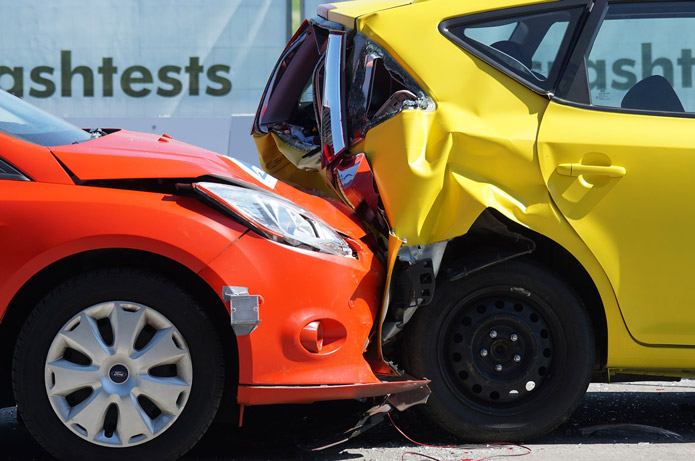Magazine
Importance of Euro NCAP
You might think you’ve found your perfect car, but before signing the contract, it’s worth checking what Euro NCAP rating it holds – it might make you think again!
- What is Euro NCAP?
- What’s the difference between a five-star and zero-star vehicle?
- How Euro NCAP has progressed
When you’re looking for your next vehicle, irrespective of whether you’re searching for a saloon, convertible or hatchback, the one thing you should always check is how safe it is. That is where the European New Car Assessment Programme – or Euro NCAP for short – comes in.
What is Euro NCAP?
Launched in 1996, Euro NCAP is an independent crash-test safety body, which meticulously assesses the safety of a new car. It uses its own unique set of safety tests and then awards each individual vehicle with a ‘star rating’.
These tests are intended to mimic genuine situations, and while Euro NCAP acknowledges that there is never a like-for-like replacement for real-world scenarios, such is the reputation of these awards, vehicle manufacturers around the world use Euro NCAP safety ratings to promote their new models – that’s assuming they receive a positive review!
In addition, media outlets regularly report the latest findings to help their audience provide insights into the vehicles they should be thinking of buying.
It’s worth noting that not all vehicles are tested, and it is not a legal requirement, but the models that are will either be chosen by Euro NCAP or sponsored by the carmakers themselves.
What’s the difference between a five-star and zero-star vehicle?
The overall safety assessment is based on: adult occupation protection (for the driver and passenger), child occupant protection, pedestrian protection – including vulnerable road user protection for cyclists – and safety assist, which evaluates driver-assistance and crash-avoidance technologies.
To assist, here is a simplified version of what each star represents, according to the safety body’s official website:
• Five-star: Overall excellent performance in crash protection and well-equipped with comprehensive and robust crash avoidance technology
• Four-star: Overall good performance in crash protection and all-round; additional crash avoidance technology may be present
• Three-star: At least average occupant protection, but not always equipped with the latest crash avoidance features
• Two-star: Nominal crash protection, but lacking crash avoidance technology
• One-star: Marginal crash protection and little in the way of crash avoidance technology
• Zero-star: Meeting type-approval standards so can legally be sold, but lacking critical modern safety technology
How Euro NCAP has progressed
By the time it had reached its 20th anniversary in 2017, Euro NCAP had tested 1,800 vehicles, issued more than 630 star ratings, and 9 out of 10 cars sold on the European market held a Euro NCAP rating.
As vehicle technology evolves, Euro NCAP has updated its own stringent tests and grading system; therefore, if you’re looking to purchase a 2011 vehicle, you should compare ratings from that era. For more information click here: https://www.youtube.com/watch?v=HBBAeWQKlMk&feature=emb_logo
In 2020, Euro NCAP announced that it was transforming its tests, making them more robust and including one that assesses the impact of large vehicles on smaller ones. The ‘compatibility’ test replaced the ‘static’ barrier examination, which allows testers to judge how the test vehicle contributes to injuries sustained in the other vehicle. For more information click here: https://www.youtube.com/watch?v=NMgBKqs8t0w&feature=emb_logo

